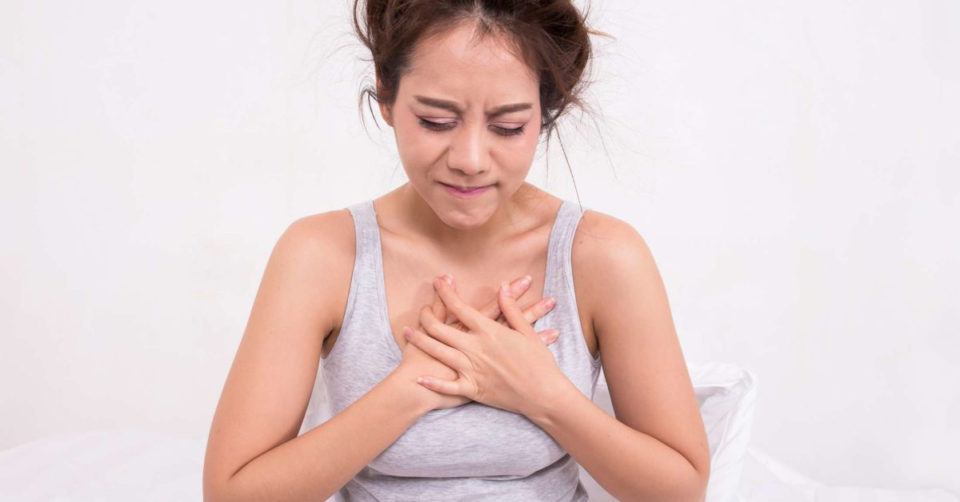During exercise, anyone, even those in excellent shape, can experience chest pain. The numerous potential causes range from innocuous to potentially fatal. Anyone who exercises regularly should be aware of chest pain symptoms when the underlying cause is serious.
Once heart problems have been ruled out, determining the exact cause of your chest pains can be difficult. Sedentary behavior is a significant risk factor for heart disease. Sports can cause a lot of wear and tear on the body, which you can sometimes feel in your chest. Boxers, football players, and lacrosse players are frequently subjected to hard hits to the chest, which can bruise or fracture their ribs and cause excruciating pain.
Staying active by exercising regularly is a great way to reduce your risk of heart disease. Walking has been shown to improve heart health when done on a regular basis. It can even help with weight loss and blood pressure control, reversing some risk factors for cardiovascular disease. On the other hand, exercise can sometimes increase the risk of a heart attack, especially in people who have heart disease and aren’t properly monitoring their activity.
Causes of Chest Pain During Exercise
The following can be some causes of chest pain during exercise:
Asthma
Asthmatics may experience chest tightness or coughing when they exert themselves. It is one of the most common symptoms of exercise-induced asthma (EIA), a narrowing of the airways in the lungs caused by physical activity.
Infection of the Lungs
If you have or have recently had a respiratory infection, such as a cold or flu, deep breathing during exercise may cause chest discomfort. When an infection progresses to something more serious, such as walking pneumonia or pleurisy, you may experience sharp, stabbing chest pain with breathing during exercise.
Injury of the Ribs
During exercise, it is not only the muscles that can be injured or cause flare-ups. You may experience pain in your rib cage or clavicle bones. Bone “bruises” are impact injuries that do not result in a fracture. They are relatively common and can occur due to colliding with or dropping something on your chest. These have a dull ache and may be tender to the touch in a specific area. It is also possible to dislocate or break your ribs, resulting in excruciating, stabbing chest and back pain.
Heartburn
Any exercise that puts pressure on your abdomen, such as weight lifting, abdominal crunches, some yoga poses, or high-impact workouts, can cause gastroesophageal reflux, a condition in which the contents of your stomach are pushed back up into your esophagus. You may experience a sensation of fullness or pain just below your ribs, as well as a burning pain that radiates up your chest into your mouth or neck. You may also feel a sour taste in your mouth.
Chest Muscle Cramps
You’ve probably experienced the agony of a leg cramp while exercising. Your chest muscles can also cramp. This type of pain is usually very localized — you can point to the exact location of the pain. Muscle cramps can occur for a variety of reasons, the most common of which is dehydration. Make sure you’re adequately hydrated before exercising and drink plenty of fluids afterward.
Underlying Heart Conditions
A heart problem sometimes causes chest pain. Angina is the most common cause of heart-related chest pain in people over the age of 35. A decreased blood flow causes angina to the heart as a result of coronary artery disease. Exercise can aggravate symptoms such as chest pain, tightness, pressure, aching, or burning. Shoulder, neck, and jaw pains are also possible. Angina is a severe condition that requires you to stop exercising immediately and seek emergency treatment.
It is vital to keep a close eye on the symptoms you face to rule out any underlying heart conditions. It is best to consult a doctor, especially an expert cardiologist. If you want to contact a Cardiologist in Islamabad, you can simply visit the Marham website or mobile app.

